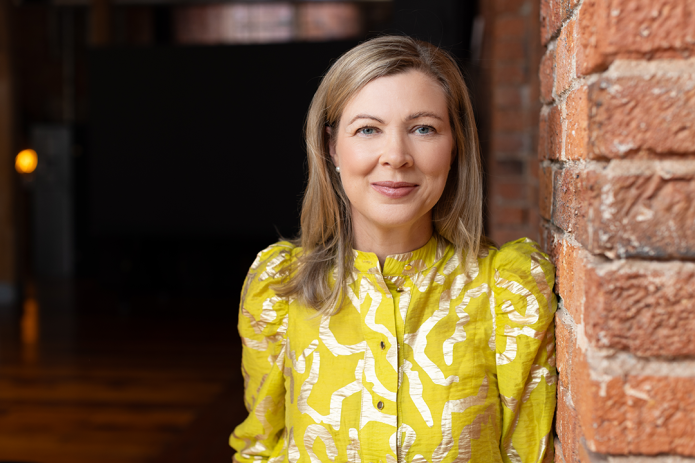PHOTO: Mt. Fuji and Chureito pagoda in Tokyo, Japan. Royalty Free Photo
According to the NYTIMES Japan with a shrinking population and more than 10 million abandoned properties, the country is straining to match houses with curious buyers.
When Jaya Thursfield found a house he wanted to buy in Japan a few years ago, friends and family told him to forget it. The place wasn’t worth the trouble, they said. After all, it stood in a forest of shoulder-high weeds after being abandoned about seven years earlier — one of the millions of vacant houses known as akiya, Japanese for “empty house” — throughout the country.
But Mr. Thursfield, 46, an Australian software developer, wasn’t deterred. Through the overgrown garden, he could see it was special: The black roof tiles cascaded down to slightly curving eaves that were much higher off the ground than those of most houses. The entrance hall had its own gabled tile roof. If the 2,700-square-foot house looked more like a Buddhist temple than a farmhouse, it’s because it had been built by a temple architect in 1989.
Mr. Thursfield and his Japanese-born wife, Chihiro, had moved to Japan from London in 2017 with their two young sons and a dream of buying a home with a big yard. The plan was to purchase a vacant lot and build a house on it, but land is expensive in Japan and their budget wouldn’t allow it. So they turned to the growing supply of abandoned houses, which are cheaper and often come with more land.



They’re far from the only ones. “We would never have been able to afford a house of this quality and size if it wasn’t an akiya,” said Ms. Thursfield, 49. “And while many Japanese don’t like used homes, foreigners see a house that is cheap and are more willing to reuse and renovate to their tastes and budget.”
As Japan’s population shrinks and more properties go unclaimed, an emerging segment of buyers, feeling less tethered to overcrowded cities, is seeking out rural architecture in need of some love. The most recent government data, from the 2018 Housing and Land survey, reported about 8.5 million akiya across the country — roughly 14 percent of the country’s overall housing stock — but observers say there are many more today. The Nomura Research Institute puts the number at more than 11 million, and predicts that akiya could exceed 30 percent of all houses in Japan by 2033.
The Thursfields’ house, which sits among the paddies in southern Ibaraki Prefecture, about 45 minutes from central Tokyo, had been deserted after the previous owner’s family refused to inherit it upon the owner’s death. The local municipality took it over and put it up for auction with a 5 million yen ($38,000) minimum bid, but it failed to sell.
MOST POPULAR
- Real estate agency GIANT coming to New Zealand | WATCH
- Eva Longoria lists her mansion | WATCH
- The Mark Twain Prize Winner – How Adam Sandler spent $420M | WATCH
- From being a homeless criminal to one of Australia’s most successful real estate agents | WATCH
- Shane Warne leaves bulk of $20.7 million estate to his children
- Property Noise | Follow us on Instagram
- Bayleys acquires two rival real estate offices.
- THE ANCIENT STONE CITY: Proof of NZ civilisation before Kupe
- Why New Zealand is beating Australia in the race that no-one wants to win | WATCH
- Real Estate Agent fined for supplying incorrect information












